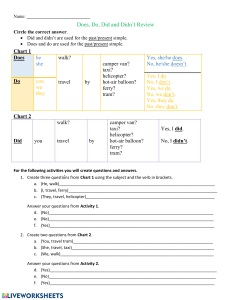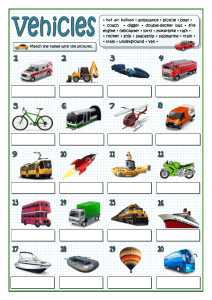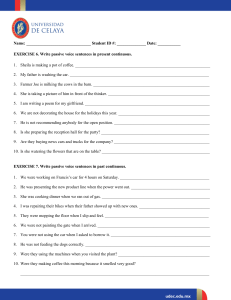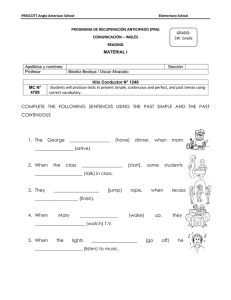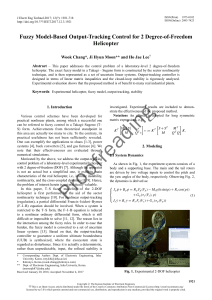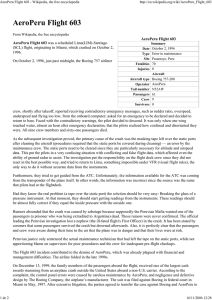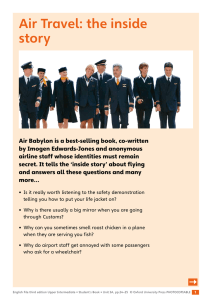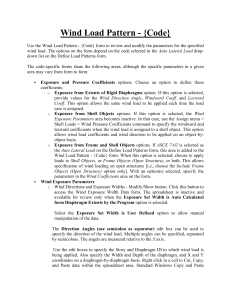TBCCC - Working around helicopters and Slinging - Word version
Anuncio
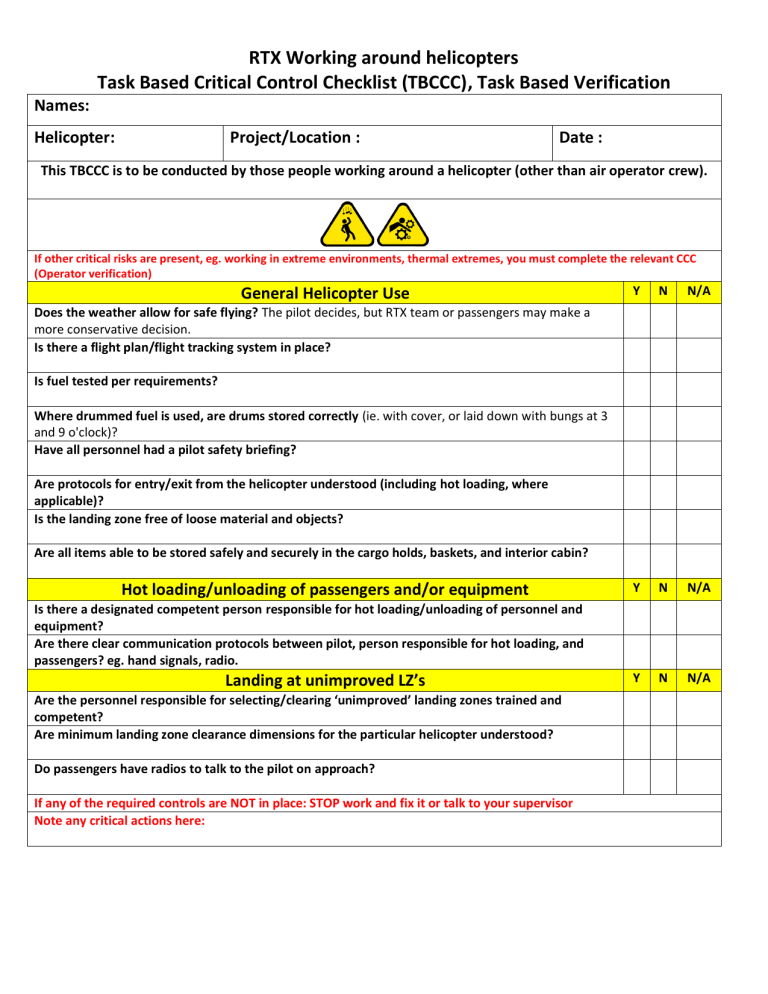
RTX Working around helicopters Task Based Critical Control Checklist (TBCCC), Task Based Verification Names: Helicopter: Project/Location : Date : This TBCCC is to be conducted by those people working around a helicopter (other than air operator crew). If other critical risks are present, eg. working in extreme environments, thermal extremes, you must complete the relevant CCC (Operator verification) General Helicopter Use Y N N/A Y N N/A Y N N/A Does the weather allow for safe flying? The pilot decides, but RTX team or passengers may make a more conservative decision. Is there a flight plan/flight tracking system in place? Is fuel tested per requirements? Where drummed fuel is used, are drums stored correctly (ie. with cover, or laid down with bungs at 3 and 9 o'clock)? Have all personnel had a pilot safety briefing? Are protocols for entry/exit from the helicopter understood (including hot loading, where applicable)? Is the landing zone free of loose material and objects? Are all items able to be stored safely and securely in the cargo holds, baskets, and interior cabin? Hot loading/unloading of passengers and/or equipment Is there a designated competent person responsible for hot loading/unloading of personnel and equipment? Are there clear communication protocols between pilot, person responsible for hot loading, and passengers? eg. hand signals, radio. Landing at unimproved LZ’s Are the personnel responsible for selecting/clearing ‘unimproved’ landing zones trained and competent? Are minimum landing zone clearance dimensions for the particular helicopter understood? Do passengers have radios to talk to the pilot on approach? If any of the required controls are NOT in place: STOP work and fix it or talk to your supervisor Note any critical actions here: RTX Helicopter - Slinging Task Based Critical Control Checklist (TBCCC), Task Based Verification Names: Helicopter: Project/Location : Date : This TBCCC is to be conducted by those people working around a helicopter (other than air operator crew). If other critical risks are present, eg. working in extreme environments, thermal extremes, you must complete the relevant CCC (Operator verification) Helicopter – Slinging / External load management Are ground crew / loadmaster trained and competent to make up loads, send/receive loads? Do ground crew understand communication protocols (hand signals, radio, spotter etc.) Is communication equipment working properly? Is the pilot aware of the loads to be transported, and the lifting plan? (eg. Number of loads, weights, order to be picked up, location they are to be brought to.) Are load weights known and available? eg. labeled on equipment or register. Is each item of lifting equipment certified, with a known load rating and a current tag? Has the slinging equipment been inspected for damage prior to use? Visual inspection or documented. Is there an exclusion zone/drop zone to protect people in the event of loads or items falling? eg. 3 x the helicopter rotor. Is access to the exclusion/drop zone controlled? eg. barricaded, signed. For authorised personnel within the drop zone; do they know to stay clear of the load, and which direction to move in the event of failure. Is the drop zone approach and departure clear of obstacles? If any of the required controls are NOT in place: STOP work and fix it or talk to your supervisor Note any critical actions here: Y N N/A
